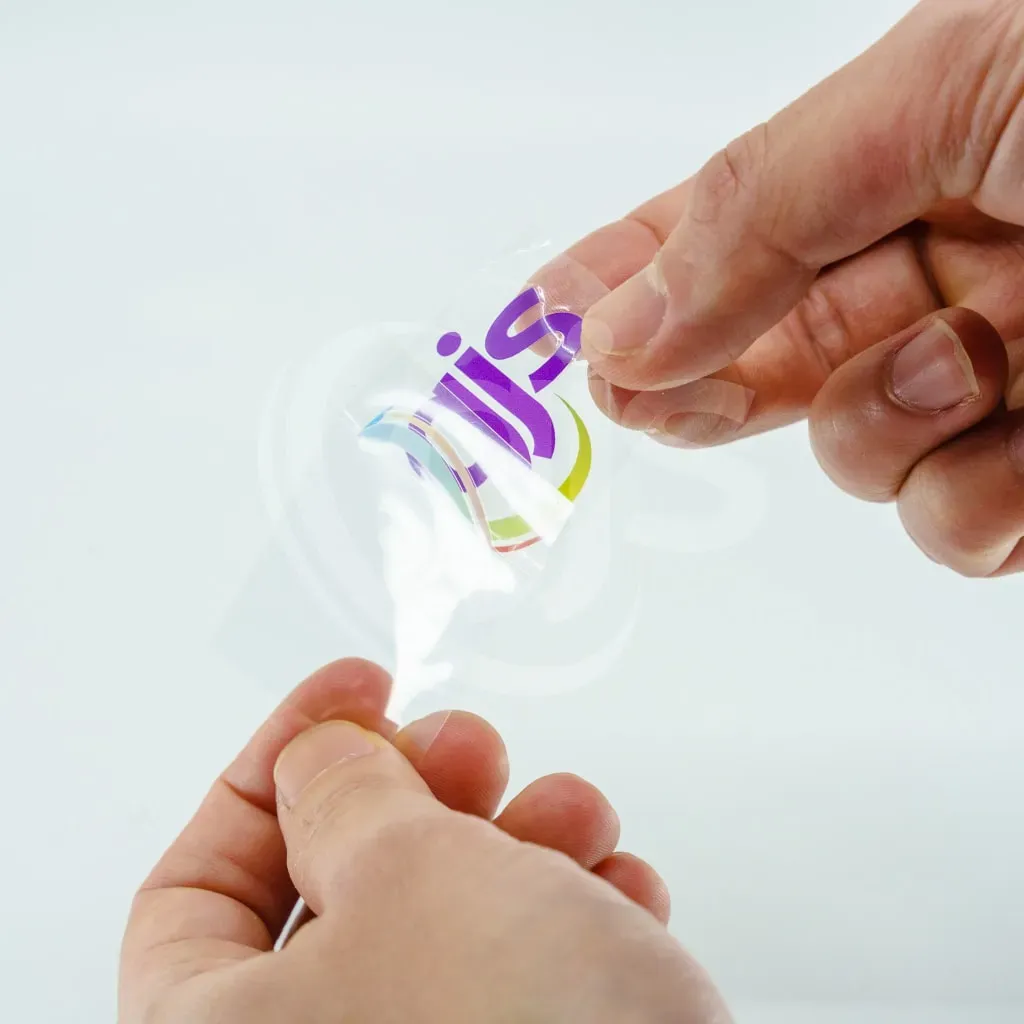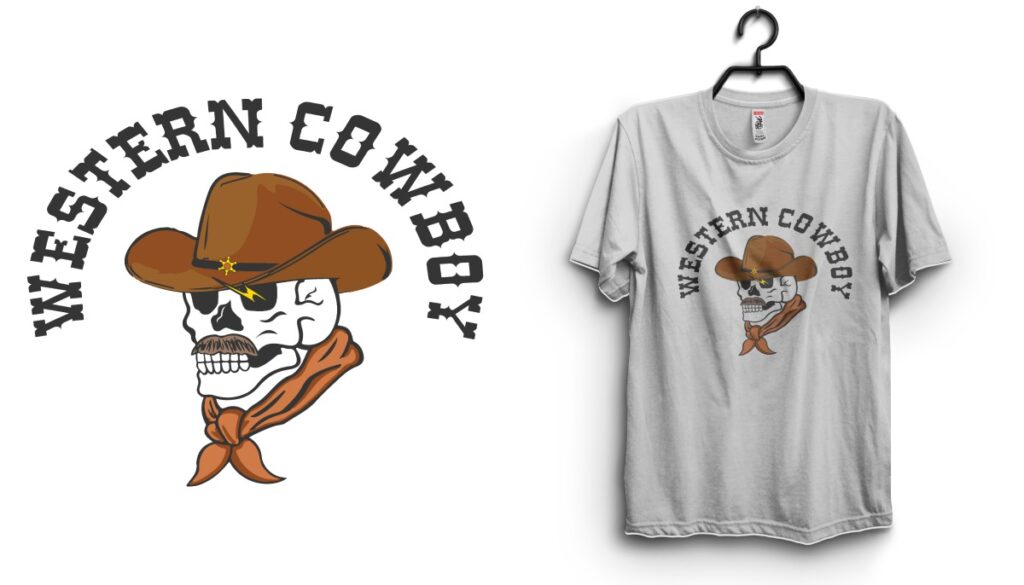UV DTF, or Ultra-Violet Direct-to-Film printing, is rapidly transforming the landscape of digital printing by providing creators and entrepreneurs with an innovative way to produce high-quality, durable prints on a variety of surfaces. This advanced printing technique utilizes UV light to cure inks as they are printed, offering exceptional color vibrancy and detail that traditional methods often struggle to replicate. As we delve into the world of UV DTF, we will cover essential heat press tips, and explore substrate compatibility, ensuring that you harness the full potential of this exciting technology. Whether you are a seasoned printer or just beginning your journey, understanding color management in printing is crucial for achieving the best results possible. Join us as we embark on this creative adventure and unlock the secrets to successful UV DTF printing.
Direct-to-Film printing, often abbreviated as DTF, represents a modern approach to creating graphic designs on various materials through a specialized transfer process. Utilizing cutting-edge UV printing techniques, this technology not only allows for crisp and clear images but also offers incredible durability and adhesion to diverse substrates, including textiles, metal, and wood. With a focus on practical heat press tips and detailed color management, users can enhance their printing projects effectively. By exploring the compatibility of different substrates, this method opens new doors for both creative expression and business opportunities. Embrace the innovation of DTF, and transform your ideas into vibrant realities.
Essentials for Getting Started with UV DTF Printing
To embark on your UV DTF journey, understanding the essentials of equipment is paramount. At the heart of this process is a dedicated UV printer, specifically designed to emit ultraviolet light for effective ink curing. This printer not only enhances color vibrancy but also ensures that prints adhere well to various substrates. Furthermore, heat press machines play a crucial role by applying the necessary pressure and temperature to ensure that the transfer is permanent and durable.
Beyond the primary equipment, you should also consider the compatibility of various substrates. Materials like textiles, woods, and metals all react differently when subjected to UV DTF techniques. Investing in high-quality DTF transfer film will also significantly influence the quality of your prints. This film enables a smoother transfer process, ensuring that the intricate details and vibrant colors are preserved during the transfer to your chosen substrate.
Understanding File Preparation in UV DTF
File preparation is a critical step in achieving the best results in UV DTF printing. Before printing, make sure your images are of high resolution, ideally set at 300 DPI. This detail is essential as it captures intricate elements that are necessary for producing sharp and vivid prints. Additionally, saving your files in formats like PNG or TIFF can help prevent any loss of quality that might occur in conversion processes.
Another aspect of file preparation is understanding color management. Different printers and substrates can result in variations in color output. Utilizing graphic design software allows you to calibrate color profiles effectively, ensuring that the colors displayed on your screen accurately reflect the final prints. Setting up a mock color profile can help you test and adjust colors before moving on to the actual printing phase.
Color Management Strategies for UV DTF Printing
Color management is an integral part of the UV DTF printing process. To ensure accuracy in color reproduction, employ a systematic approach to managing colors across your design and printing workflow. Establishing a consistent color profile throughout your design software and printer settings is crucial. This harmony allows for color consistency from the initial design stage through to the printed outputs, minimizing discrepancies.
In addition to calibrating your devices, conducting regular tests for color correction is vital. Small adjustments based on tests can prevent wasted materials and ensure that the final prints meet your expectations. Furthermore, staying informed about advancements in UV printing techniques can enhance your understanding of how different inks react with substrates, leading to improved outcomes.
Substrate Selection for Optimal UV DTF Results
The selection of substrates for UV DTF printing impacts not only the printing process but also the quality of the final product. Common materials like textiles, wood, and metal each require distinct handling techniques due to their unique properties. For instance, textiles may absorb ink differently compared to a non-porous surface like glass, which necessitates tailored adjustments to your printing settings.
When starting out, it’s advisable to test a variety of substrates to understand how UV DTF interacts with each one. Some materials may yield richer colors or sharper details, while others may require modified techniques to achieve optimal results. Documenting your findings during these tests can create a valuable reference guide that enables you to streamline future print runs.
Calibration Techniques for Consistent Printing Quality
Calibration is indispensable in maintaining quality in UV DTF printing. Regularly calibrating your printer ensures consistent results across your production runs. This includes checking ink levels, print head cleanliness, and ensuring that your printer aligns with the best settings for the substrates you are using. Skipping this vital step can lead to printing errors and ultimately affect your final product quality.
In addition to printer calibration, consider testing your heat press settings frequently. The pressure and temperature used during the transfer process play a significant role in how well the ink adheres to substrates. Conducting test prints and adjusting these parameters will help you establish the optimum conditions for successful printing that meets your standards.
Staying Updated with UV DTF Technology Trends
Staying abreast of UV DTF technology trends is crucial for anyone dedicated to crafting high-quality prints. The printing landscape is continuously evolving due to advancements in machinery and ink formulations. For example, newer UV inks feature enhanced adhesion properties and better flexibility on various substrates, opening up greater possibilities for creative outputs.
Joining forums and subscribing to industry publications can be instrumental in keeping you informed. Resources like Printwear Magazine or All American Print Supply Co. offer expert insights to navigate the latest trends and techniques. Engaging with the community through discussions can also facilitate knowledge sharing, helping you refine your skills and innovate within your projects.
Frequently Asked Questions
What is UV DTF and how does it work?
UV DTF, or Direct-to-Film printing with ultraviolet curing, is a modern printing technique that uses UV light to cure the ink on a transfer film. This method allows for quick drying and vibrant prints on various substrates, such as textiles, wood, or metal, making it versatile for different projects.
What equipment do I need to get started with UV DTF printing?
To begin with UV DTF printing, you will need a UV printer, specialized DTF transfer film, and a heat press. These essentials enable you to efficiently transfer high-quality prints onto various surfaces, ensuring lasting durability and detail.
How can I manage colors effectively in UV DTF printing?
Effective color management in UV DTF involves utilizing graphic design software to adjust color profiles and settings. Ensuring images are high resolution and calibrating your printer regularly will support accurate color reproduction, maintaining consistency between your screen and printed outputs.
What substrates are compatible with UV DTF printing?
UV DTF printing offers excellent substrate compatibility, allowing prints to adhere to materials like textiles, wood, glass, metal, and more. Experimenting with different surfaces will help you understand how UV DTF interacts with each substrate for optimal results.
What heat press tips should I consider for UV DTF?
When using a heat press for UV DTF, always perform test prints to determine optimal temperature and pressure settings. Consistent calibration of your heat press and testing before a full production run will help achieve the best bond and print quality.
How can I increase the durability of my UV DTF prints?
To enhance the durability of UV DTF prints, consider applying UV-resistant coatings post-transfer. These treatments protect your prints from fading and damage, ensuring colors remain vibrant and the prints retain their quality over time.
| Key Point | Details |
|---|---|
| Introduction | UV DTF opens new avenues in digital printing with high-quality, durable prints. |
| Understanding UV DTF | UV DTF utilizes UV light to cure ink on transfer film, allowing versatility with various substrates. |
| Equipment Required | Essential items include a dedicated UV printer, DTF transfer film, and a heat press. |
| Key Techniques for Beginners | File Preparation, Color Management, and Choosing Substrates are crucial for quality prints. |
| Practical Tips | Regular calibration, testing before full runs, and post-processing treatments enhance print longevity. |
| Staying Updated | 2023 developments in UV printing technology improve efficiency and accessibility for businesses. |
| Additional Resources | Online tutorials and community forums offer valuable learning for UV DTF enthusiasts. |
Summary
UV DTF, or Direct-to-Film printing, presents an innovative solution for artists and business owners looking to produce high-quality, durable prints on a variety of surfaces. This comprehensive guide equips beginners with essential knowledge about the technique, necessary equipment, and best practices for success. From understanding the UV printing process to optimizing file preparation and substrate selection, these insights pave the way for a flourishing printing journey. By embracing continual learning and staying updated with the latest technology advancements, you can maximize the potential of UV DTF in your creative projects.



